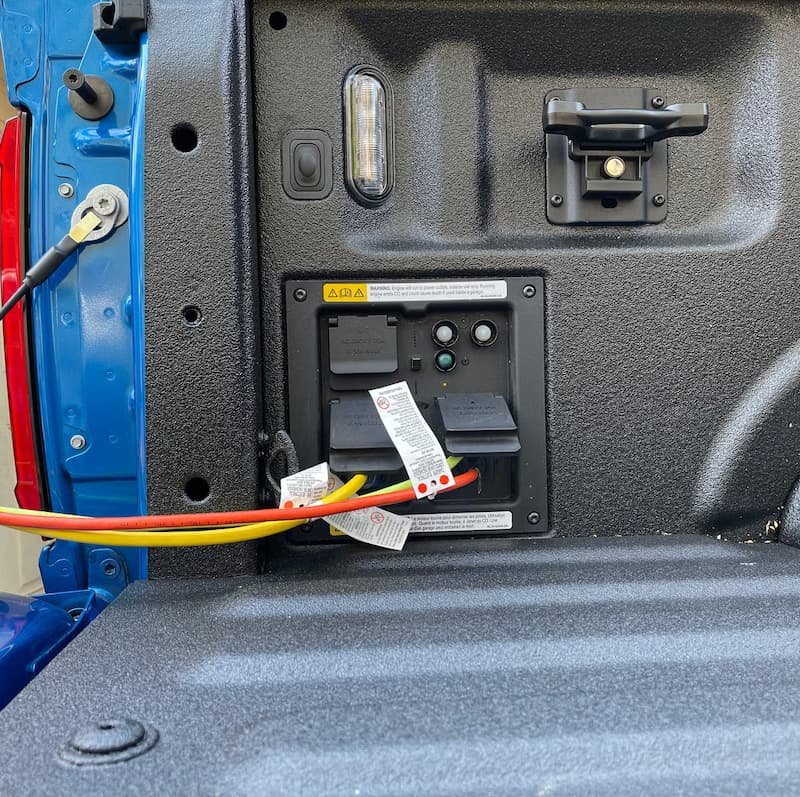What to do if Your Electric Tractor or Loader Runs out of Charge in the Field
Electric loaders and tractors like those from NESHER Equipment are powerful, efficient, and clean alternatives to diesel machines. But just like any vehicle, it’s possible to run out of fuel (in this case, battery charge) before making it back to an outlet - especially if you’re working a long day in a remote field or job site and aren’t paying attention to the battery meter. The good news? You’re not stranded. There are a few reliable ways to get a boost of charge and make it back to your main charging station.
Here are three practical solutions for recharging your NESHER electric loader or tractor in the field when a wall outlet isn’t nearby:
1. Portable Power Station (Battery-Powered Generator)
A portable power station is essentially a large battery pack that can deliver AC power to your equipment. Think of it as a gas-free, silent generator. If you keep a fully charged power station in your truck or shed, it can be your get-home plan for emergency top-ups.
NESHER loaders use a charger with a standard 120V/240V AC input and require an outlet that can output 1,500W of power (12.5A on a 120V circuit) , so make sure your power station can output the voltage and wattage that your machine requires. While it probably won’t fully charge your loader unless you’re using a giant power station, it can usually provide enough juice to get you back to base for a full recharge. For example, a 1,500 Wh power station can get an L880 loader charged from 0 to 10 or 15%, or enough to drive back to an outlet and recharge fully.
Pros:
Silent and emission-free
No fuel required
Can also power tools or lights on-site
Cons:
Limited capacity - best for short-distance recovery
Higher upfront cost than gas generators
2. Gasoline or Diesel Generator
If you don’t have a portable power station that uses its own battery for energy storage, then a traditional gasoline or diesel-powered generator is a tried-and-true solution. A compact inverter generator or larger unit with a 120V or 240V outlet can easily power your NESHER loader’s charger. Just plug it in, let the generator run for a while, and charge up enough to drive back to your main charging station.
Pros:
Reliable and powerful
Easy to refuel
Can fully charge if needed (depending on size)
Cons:
Noisy
Produces emissions
Requires fuel storage and maintenance
3. Vehicle AC Outlets (Truck or SUV)
Many modern trucks and SUVs come equipped with built-in AC outlets. Some even support up to 1,500W of output - enough to charge your electric loader. If your vehicle has this feature, it could be the easiest way to get some power into your machine.
This method is best for short distances: 20 to 30 minutes of charging might give you just enough range to get back to a barn or shop with a proper outlet. If you have an electric vehicle, such as an F-150 Lightning, you could even totally recharge your loader from the truck’s giant driving battery.
Pros:
No extra equipment needed
Convenient for small top-ups or full recharges
Cons:
Only works with vehicles that support high-wattage AC outlets
Final Thoughts
Getting stranded with a dead battery is never ideal, but it’s far from the end of the road. With a little planning - whether that means carrying a battery-powered generator, a small fuel-powered unit, or using your truck’s onboard power - you can always find a way to get your NESHER loader or tractor back to base. And remember, a diesel-powered tractor can run out of fuel just as easily as an electric tractor can run out of charge - it’s all about watching your gauges.
If you’re frequently working off-grid though, or just tend to ignore your battery meter, it might be worth keeping one of these charging options on hand as part of your regular toolkit. That way, you’ll always be ready to power through any project - no matter how far from an outlet you are.



